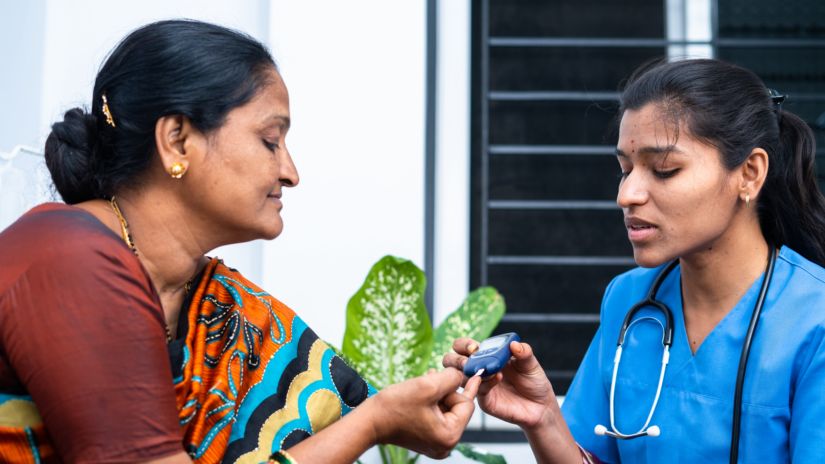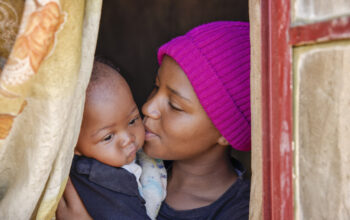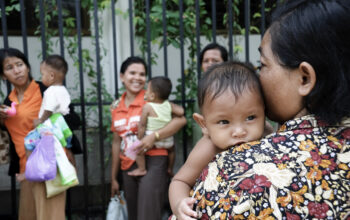Time to lead the charge: The pharmaceutical industry’s role in combating NCDs

According to the WHO, non-communicable diseases (NCDs) kill 41 million people each year, equivalent to 74% of all deaths globally. Of these, 17 million people die from NCDs before the age of 70. Eighty-six percent of these premature deaths occur in low- and middle-income countries (LMICs), whose health systems are the least equipped to deliver care for chronic diseases.
In September 2025, less than a year from now, world leaders will gather in New York for a UN High-Level Meeting (HLM) on NCDs. Since 2018, when this topic was last discussed, the global burden of NCDs, such as diabetes, cancer, and cardiovascular diseases, has skyrocketed.
Barriers to NCD care
NCD treatment and prevention remains woefully underfunded and under-prioritized by both governments and global donors. For years, the percentage of overseas development assistance that has gone to NCDs has not moved beyond 2%. Meanwhile, budget battles endured by government officials in many LMICs lead to inadequate resources for combatting NCDs. Despite substantial investments in and attention to improving health system resilience in the context of climate change and pandemic preparedness, stakeholders often do not recognize that NCD care is the foundation of resilience and should be a top priority for all those looking to improve preparedness and response capabilities.
Tackling NCDs requires addressing complex, often interconnected challenges that, at times, may seem insurmountable. That said, the barriers to accessing NCD treatment and care are well-known, and there are many areas where we can work together to make progress. For example, many initiatives and funding mechanisms tend to be highly fragmented, exacerbating the hurdles people living with NCDs face. There are many opportunities to break down these silos and take a more integrated approach, particularly when the mounting evidence shows that those living with chronic conditions often live with several conditions. More than half of the global population aged 60-plus has multimorbid conditions, and this has become increasingly prevalent in the last two decades.
Innovative treatments can dramatically improve the lives of people living with NCDs – yet they are only useful if patients can access them at the point of care. True progress requires investments in NCD prevention, early detection, and comprehensive care – but today, these remain insufficient to address the burden of NCDs in resource-limited settings across LMICs.
Innovative treatments can dramatically improve the lives of people living with NCDs – yet they are only useful if patients can access them at the point of care.
IFPMA member companies are committed to extending its impact beyond the medicines we discover, develop, and manufacture by solving complex health challenges around the world that prevent those medicines from reaching those who need them. Expanding access to NCD treatment and care is a collective responsibility that all stakeholders must prioritize to improve health equity. The key to achieving this is breaking down silos, as the NCD Alliance’s (NCDA) Global Week for Action on NCDs “Time to Lead” campaign highlights. But “breaking down silos” must be more than words on paper. We need to demonstrate collectively how collaboration works in practice to serve the on-the-ground needs of people in LMICs. To do that, we need to build effective multistakeholder initiatives that harness the best of all stakeholders’ strengths and capabilities.
A unified call to action ahead of the 2025 HLM
As we look ahead to the HLM in September 2025, now is the time to lead by breaking down siloes and mobilizing additional resources to make lives better for people and communities living with NCDs. Some key priorities that we hope will be addressed include closing the NCD financing gap, better integrating NCDs into UHC (Universal Health Coverage), primary health care and disease programs that have been traditionally vertical (e.g., PEPFAR/Global Fund focus on infectious diseases only); and committing to collective, multi-sectoral action to identify and implement practical solutions to address systemic challenges that inhibit access to NCD medicines and products.
IFPMA member companies are committed to playing our part. As one example, Lilly is proud to continue supporting the Access Accelerated initiative – a collective effort of pharmaceutical companies working toward addressing NCDs in LMICs since 2017. Together with the World Bank and others, Access Accelerated has been instrumental in underscoring the urgency for increased investment and multilateral commitment to advance sustainable financing for NCDs across health systems, helping to catalyze more than US$4 billion in additional investment for NCDs.
Access Accelerated is embarking on a next phase: bringing together public, private, and development sectors to foster innovative, locally driven solutions that support countries in financing their NCD response. This initiative is called the Financing Accelerator Network for NCDs (FAN) and will work in close collaboration with the World Bank and other global partners. The first regional NCD Financing Accelerator under this initiative is set to launch soon.
The world is far off track to achieve UN Sustainable Development Goal target 3.4 on NCDs and mental health by 2030. There is so much more we can be doing to achieve the multisectoral action we urgently need for NCDs. In part, this requires us to build more collective accountability, for us each to take more ownership of the areas where we can have the most impact and to be bolder in working together in a meaningful way toward shared objectives. NCDs are a global health challenge, and they are spiraling out of control—we don’t have time for more inertia.
Author






